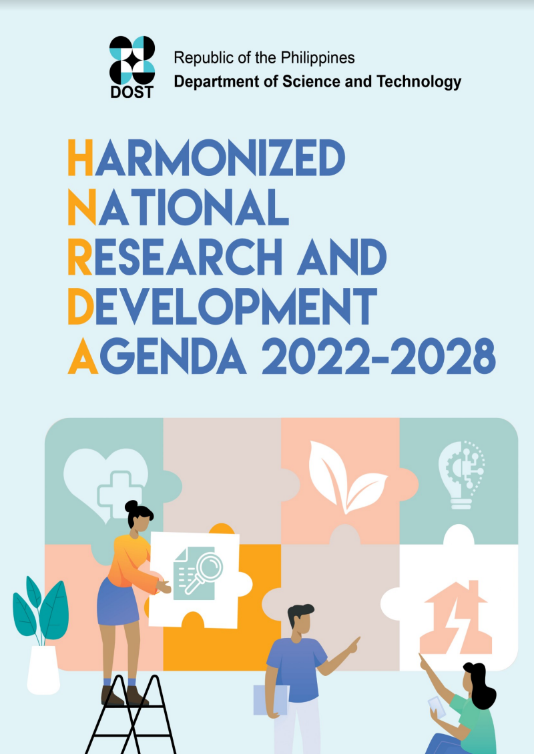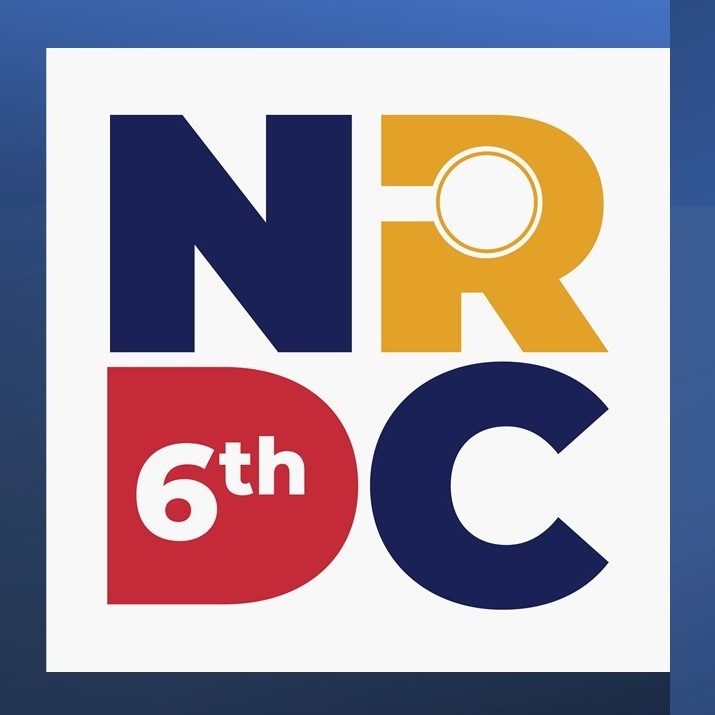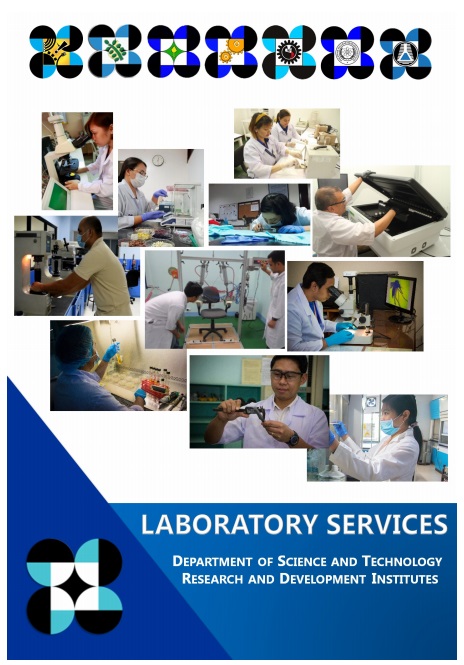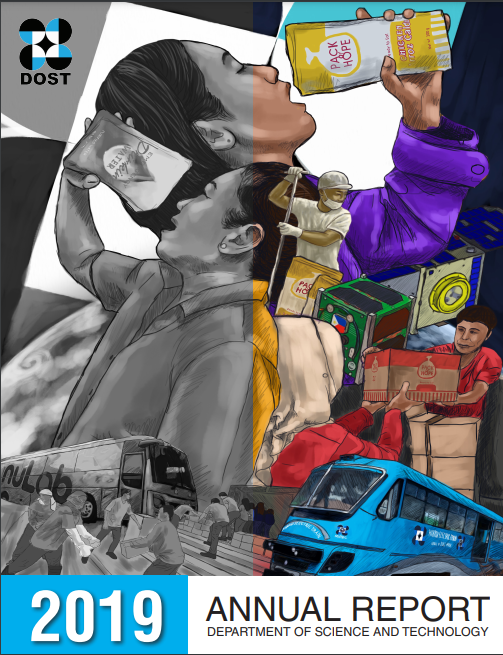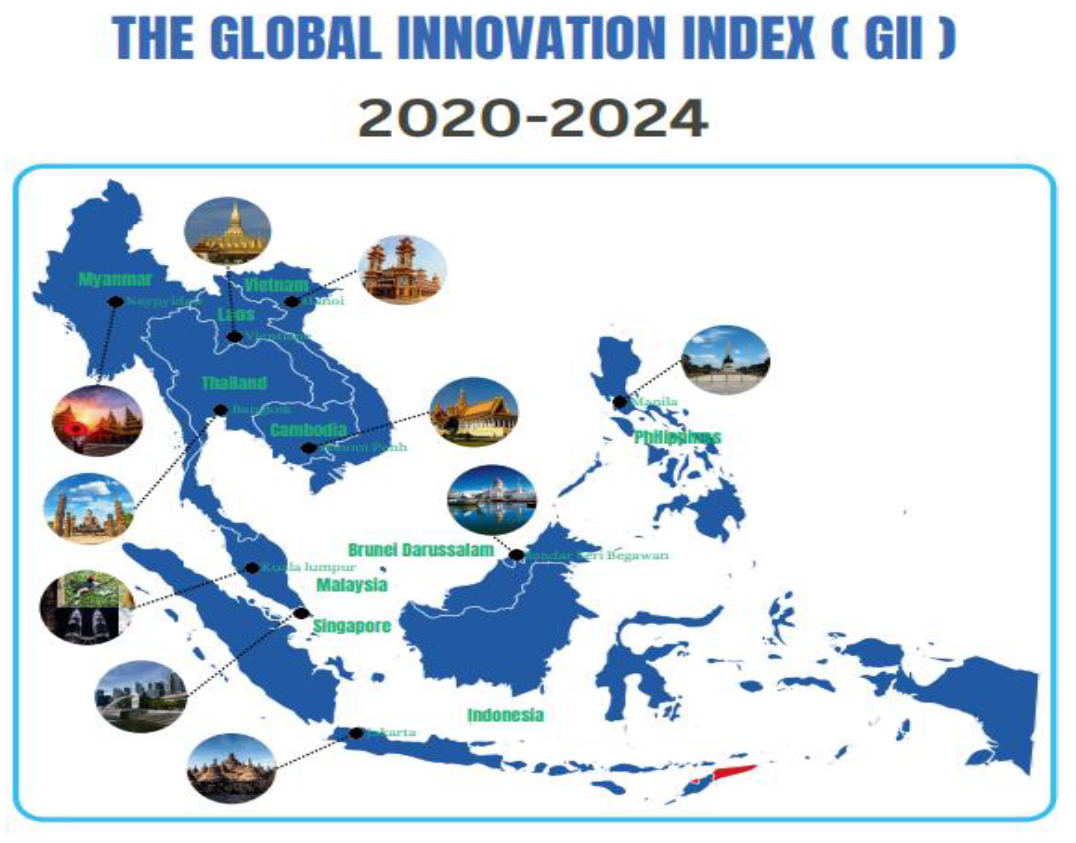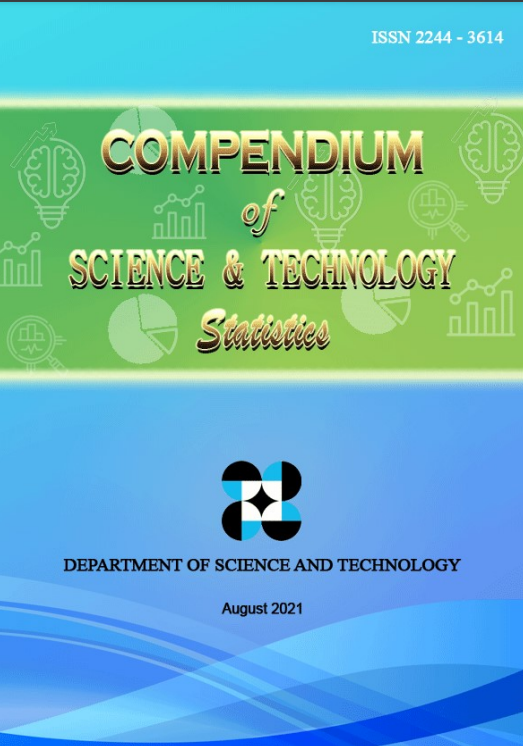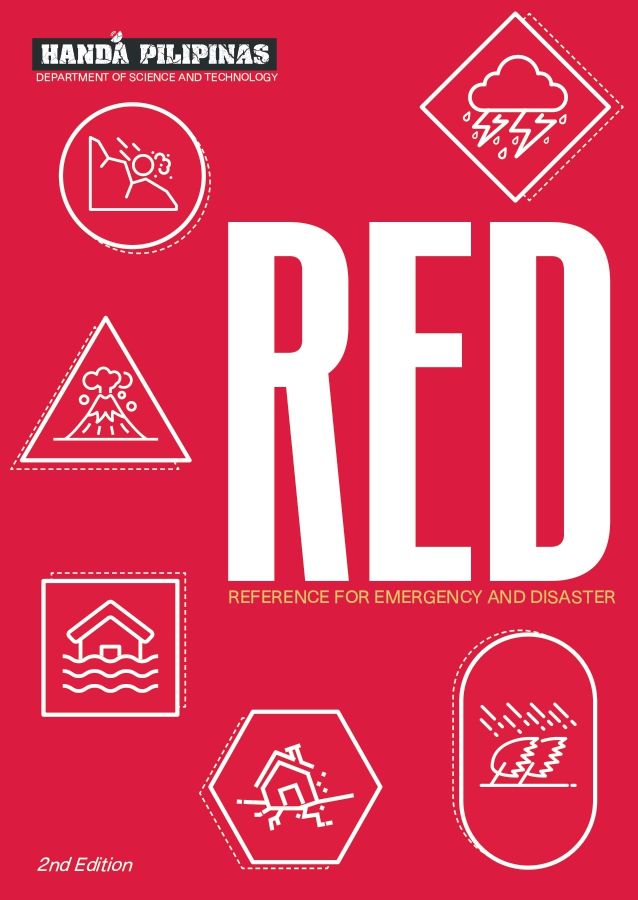Former Romblon prof, DOST’s Most Outstanding Provincial S&T Director
- Details
- Hits: 13596
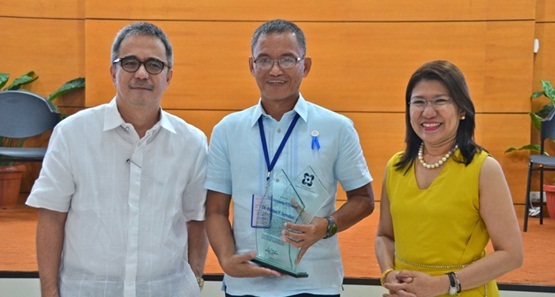
A former professor of statistics and agricultural engineering at the Romblon State University was adjudged as the best provincial science and technology (S&T) director of the entire Department of Science and Technology (DOST) system during the Outstanding Provincial S&T Director awarding ceremony at the DOST Executive Lounge in Bicutan, Taguig City recently.
Read more: Former Romblon prof, DOST’s Most Outstanding Provincial S&T Director
Simultaneous flag ceremony to kick off first ever National Time Consciousness Week
- Details
- Hits: 5634
As kick off activity for the first ever observance of the National Time Consciousness Week from January 1 to 7, government offices, led by the Department of Science and Technology (DOST), will hold their first flag ceremony of the year simultaneously on Monday, January 6, at exactly 8AM, Philippine Standard Time (PhST).
Read more: Simultaneous flag ceremony to kick off first ever National Time Consciousness Week
Start 2014 on time
- Details
- Hits: 5182
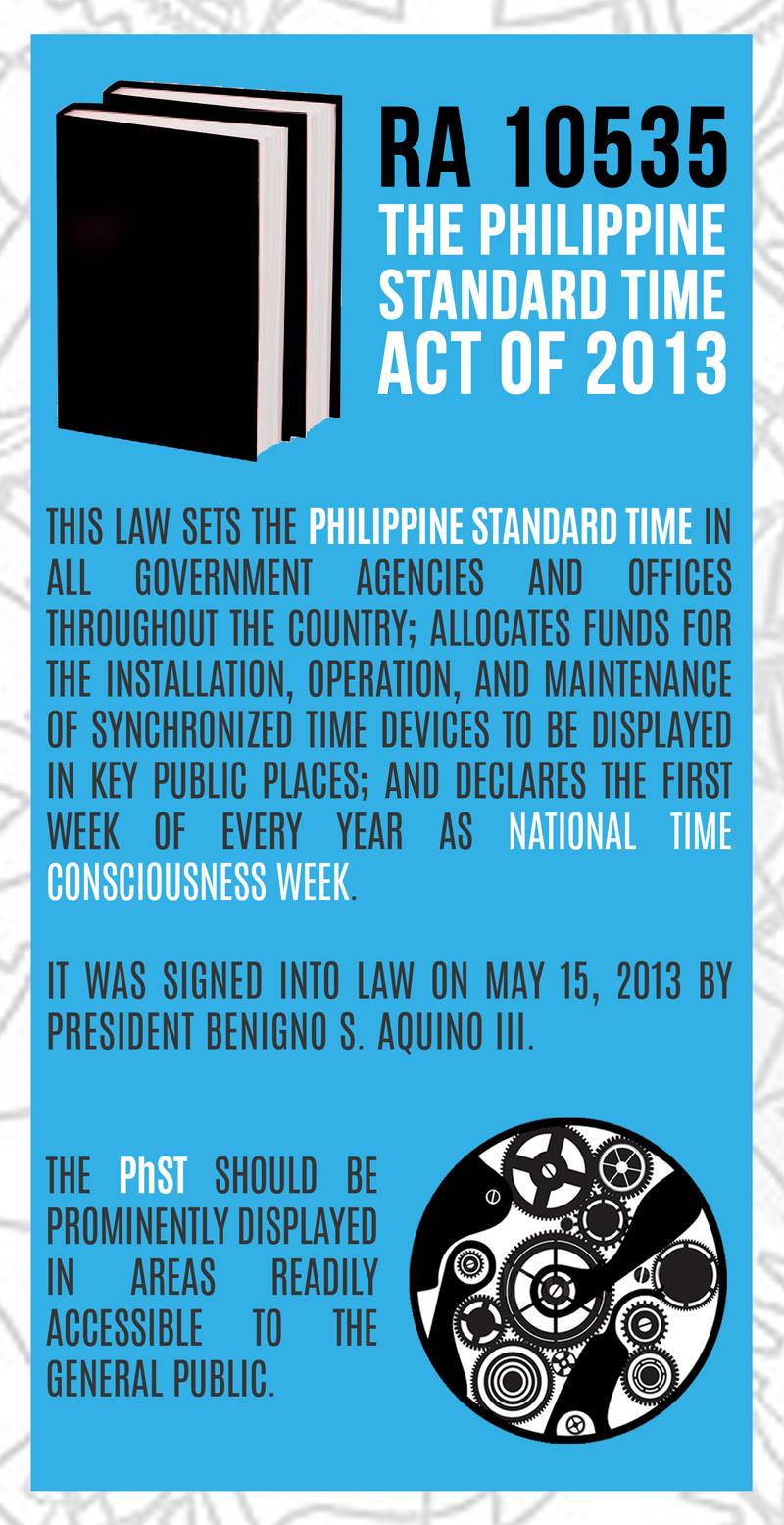
Start the new year right, be on time. Science Secretary Mario G. Montejo thus urges everyone to be on time for all celebrations, events, and appointments this new year.
“Being on time should be one of the habits we develop starting 2014,” Sec. Montejo said. “And being on time means we sync all our watches and clocks with the Philippine Standard Time.”
Latest IT, advanced science books now available at DOST’s info institute
- Details
- Hits: 3974
The latest IT and advanced science books may now be accessed by students and researchers at the Department of Science and Technology’s information agency. Located at the DOST Complex in Bicutan, Taguig City, Metro Manila, the Science and Technology Information Institute (STII) recently acquired the library collection of the Philippine Council for Industry, Energy and Emerging Technology Research and Development (PCIEERD).
With the transfer of the books and materials from PCIEERD to STII, the latter further beefed up its already vast selection of science and technology (S&T) resources being the central library of the DOST system.
Read more: Latest IT, advanced science books now available at DOST’s info institute















